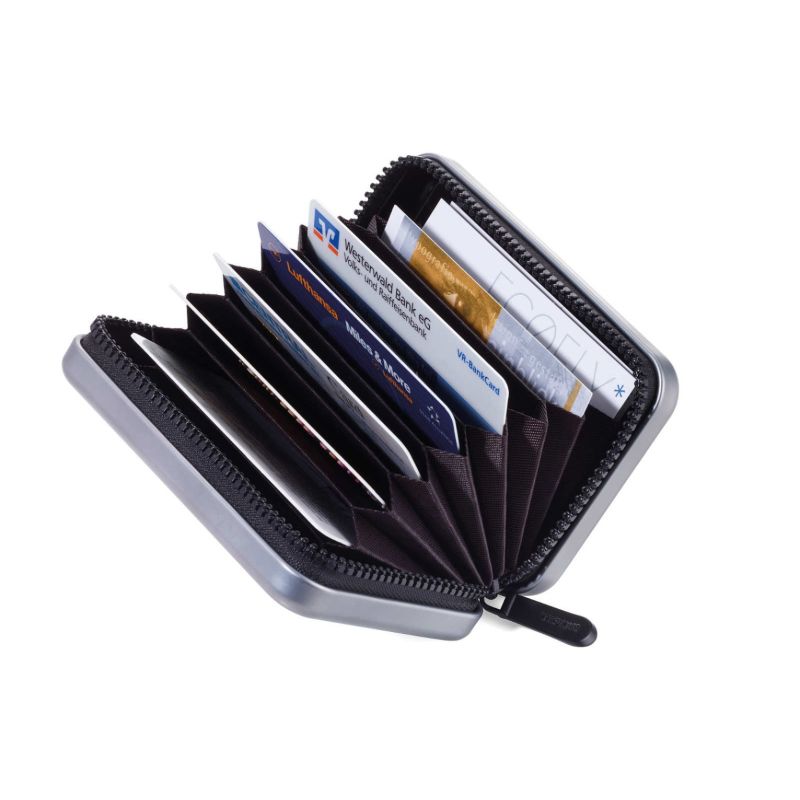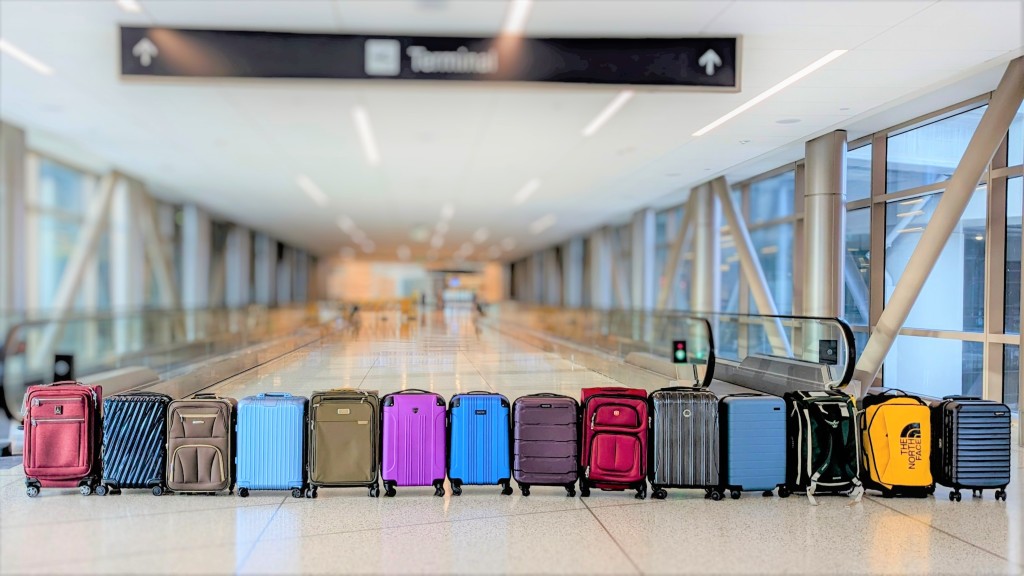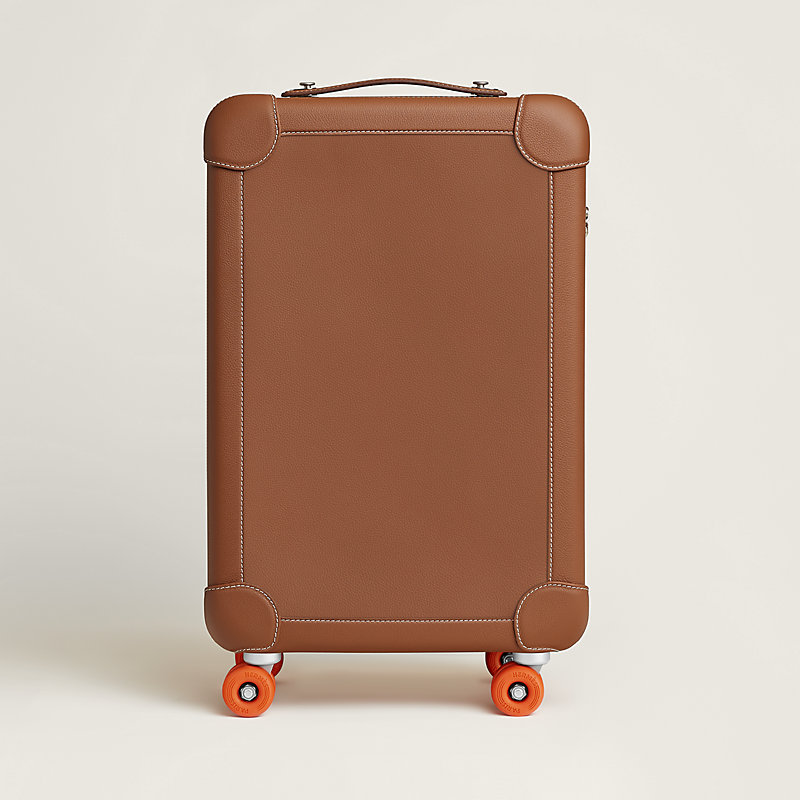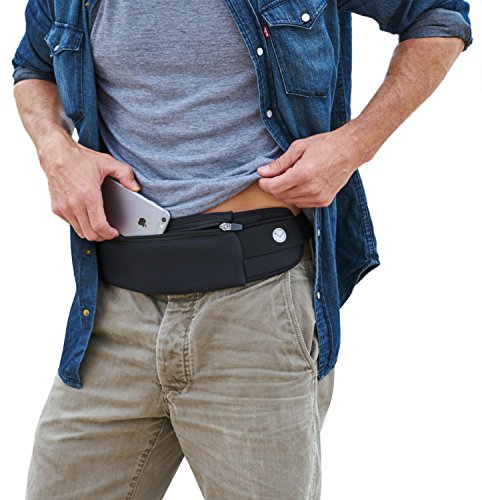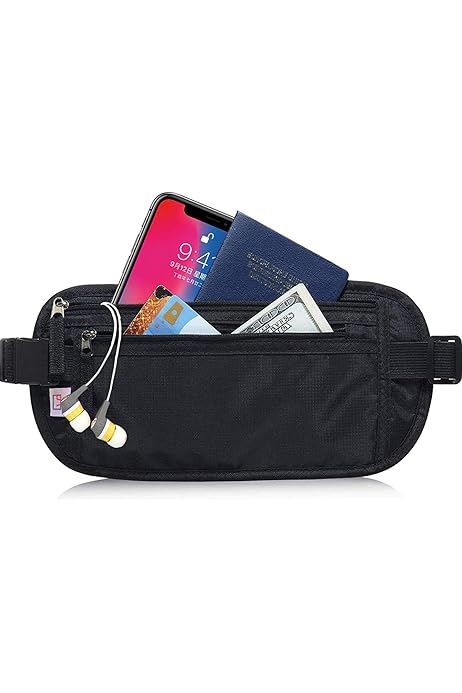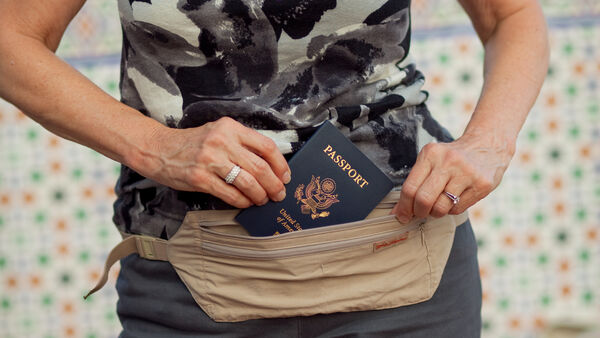Understanding the Different Types of Luggage Bags
The world of luggage bags is vast and varied, each type designed for specific purposes and travel preferences. Let’s delve into the most common categories:
Rolling Suitcases: The Epitome of Convenience
Often referred to as trolley bags, rolling suitcases are a popular choice for their ease of maneuverability. Equipped with wheels and a retractable handle, they allow you to glide through airports and train stations with minimal effort. These typically come in two main sizes:
Carry-on Luggage: Designed to meet airline size restrictions, carry-on bags are perfect for shorter trips or as supplementary storage for longer journeys. They allow you to keep your essentials close and avoid baggage claim hassles. Look for features like durable zippers, organized compartments, and lightweight yet sturdy construction.
Checked Luggage: For longer trips or when you need to pack more items, checked luggage bags offer ample space. These come in various sizes, from medium to large, providing substantial capacity for clothing, shoes, and other travel necessities. Durability is paramount for checked bags, as they undergo significant handling during transit.
Duffel Bags: Versatility and Spaciousness
Duffel bags are characterized by their cylindrical or rectangular shape and top-loading access. They are incredibly versatile and suitable for various types of travel, from gym trips to weekend getaways. Modern duffel bags often incorporate features like shoulder straps, carrying handles, and even wheels for added convenience. Their soft-sided construction allows for some flexibility in packing and fitting into tighter spaces.
Backpacks: Hands-Free Adventure
Travel backpacks are designed for comfort and practicality, distributing weight evenly across your shoulders and hips. They are ideal for backpacking trips, adventure travel, and situations where mobility is key. Features to look for include adjustable straps, padded hip belts, multiple compartments for organization, and durable, water-resistant materials. Some larger travel backpacks even come with a zip-away harness system for protection during flights.
Specialty Luggage Bags: Tailored to Your Needs
Beyond the standard categories, there are specialized luggage bags designed for specific purposes:
Garment Bags: Perfect for transporting suits, dresses, and other formal wear, garment bags help keep your clothes wrinkle-free.
Laptop Bags and Briefcases: Essential for business travelers, these bags offer padded compartments for laptops and organizational sections for documents and accessories.
Cosmetic Bags and Toiletry Kits: Designed to keep your personal care items organized and separate from your clothing.
Camera Bags: Offering padded and customizable compartments to protect delicate photography equipment.
Sports Equipment Bags: Specifically designed to carry sporting gear like skis, golf clubs, or diving equipment.
Key Features to Consider When Choosing a Luggage Bag
Selecting the right luggage bag involves more than just choosing a style. Consider these crucial features:
Size and Capacity: Matching Your Trip Length
The duration and nature of your trip will significantly influence the size and capacity of the luggage bag you need. For short weekend trips, a carry-on or a small duffel bag might suffice. Longer vacations or business trips will likely require a larger checked suitcase or a combination of bags.
Material and Durability: Built to Last
The material of your luggage bag plays a vital role in its durability and resistance to wear and tear. Common materials include:
Polyester and Nylon: Lightweight and water-resistant, these synthetic fabrics are widely used for their balance of durability and affordability. Look for higher denier ratings for increased strength.
Polycarbonate and ABS: Hard-shell materials that offer excellent protection for fragile items. Polycarbonate is generally more flexible and impact-resistant than ABS.
Aluminum: Premium hard-shell material known for its exceptional durability and security, often found in high-end luggage bags.
Leather: Offers a classic and stylish look, often found in duffel bags and smaller carry-ons. Requires more care to maintain its appearance.
Weight: Traveling Light
Especially important for carry-on luggage bags to avoid airline restrictions, the weight of an empty bag can make a significant difference, particularly on longer journeys where you might be lifting your bag frequently.
Wheels and Handles: Smooth Maneuverability
For rolling suitcases, the quality of the wheels and handles is crucial. Look for:
Spinner Wheels (360-degree rotation): Offer effortless maneuverability in any direction.
Inline Skate Wheels: Known for their durability and smooth rolling on various surfaces.
Telescoping Handles: Should be sturdy, adjustable to different heights, and comfortable to grip.
Security Features: Protecting Your Belongings
Consider luggage bags with built-in locks (TSA-approved for travel to the United States), tamper-proof zippers, and durable closures to safeguard your valuables.
Organization and Compartments: Packing Smart
Well-designed luggage bags feature multiple compartments, pockets, and straps to help you organize your belongings efficiently and prevent them from shifting during travel. Internal dividers, compression straps, and shoe pockets can be particularly useful.
Style and Aesthetics: Traveling in Confidence
While functionality is paramount, the style of your luggage bag can also reflect your personal taste. Choose a design and color that you find appealing and that will be easy to identify on a baggage carousel.
Tips for Choosing the Perfect Luggage Bag
To make the best decision, consider these helpful tips:
Define Your Travel Needs: What type of trips do you typically take? How long are they? What do you usually pack?
Check Airline Regulations: If you plan to fly, familiarize yourself with the size and weight restrictions for carry-on and checked luggage bags of the airlines you typically use.
Read Reviews: Before making a purchase, read reviews from other travelers to get insights into the real-world performance and durability of different luggage bags.
Consider Your Budget: Luggage bags come in a wide range of prices. Determine your budget and look for bags that offer the best value for your money.
Try Before You Buy (If Possible): If you’re purchasing from a physical store, try rolling the suitcase around, extending the handle, and checking the comfort of backpack straps.
Invest in Quality: A durable and well-made luggage bag can last for many years, making it a worthwhile investment.
Caring for Your Luggage Bag
Proper care can extend the lifespan of your luggage bag. Here are some tips:
Clean Regularly: Wipe down the exterior with a damp cloth to remove dirt and grime. For fabric bags, you may need to spot clean stains.
Empty After Each Trip: Avoid leaving items inside your luggage bag for extended periods.
Store Properly: Store your luggage bag in a clean, dry place, preferably in a protective cover to prevent dust accumulation.
Inspect for Damage: Before each trip, check for any signs of damage, such as loose handles, broken zippers, or tears in the fabric. Address any issues promptly.
Don’t Overpack: Overloading your luggage bag can put stress on the zippers, seams, and wheels, potentially leading to damage.



